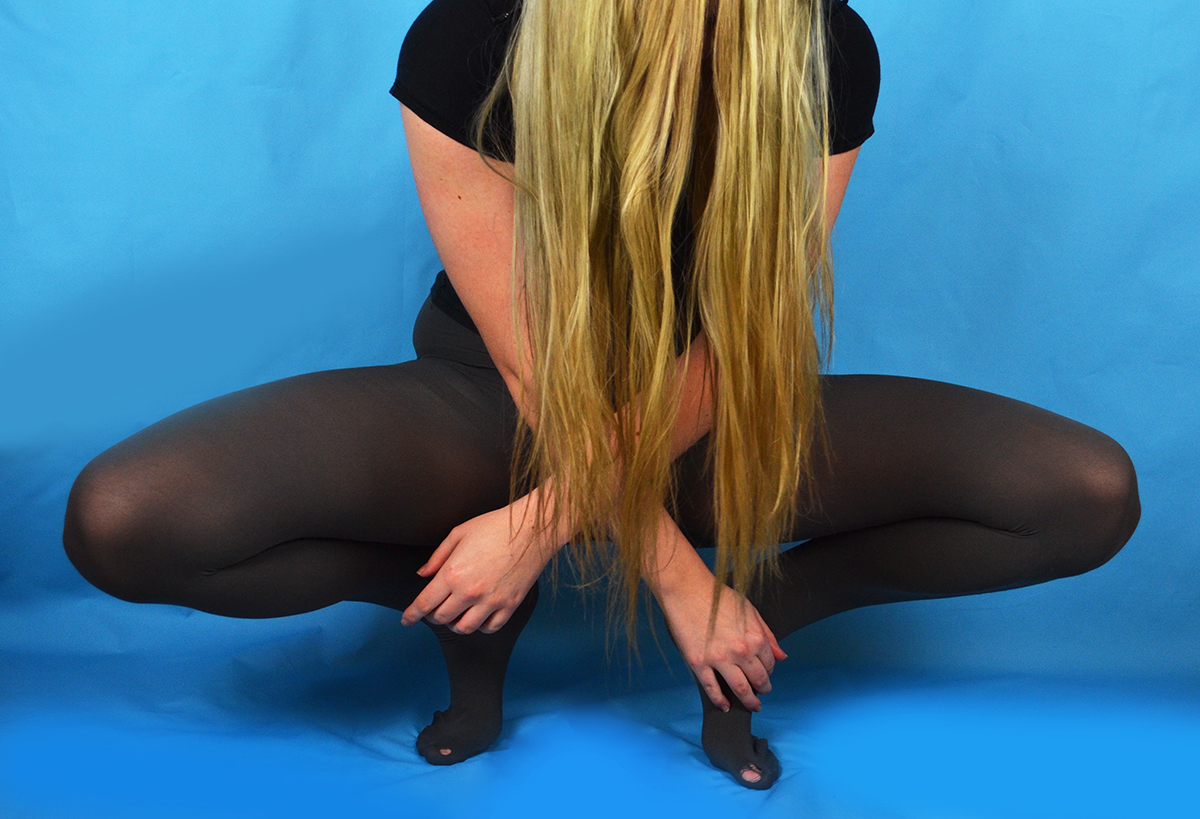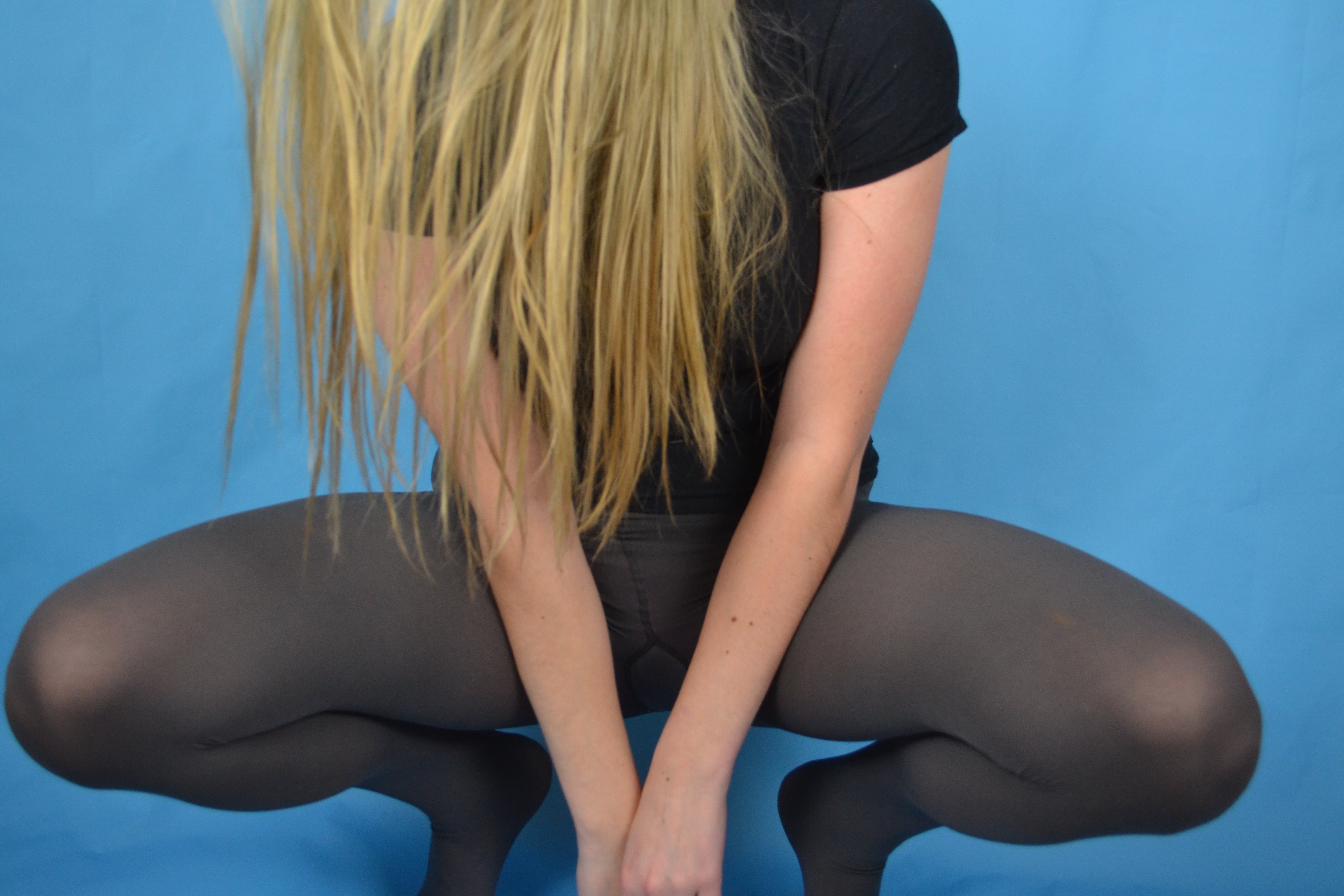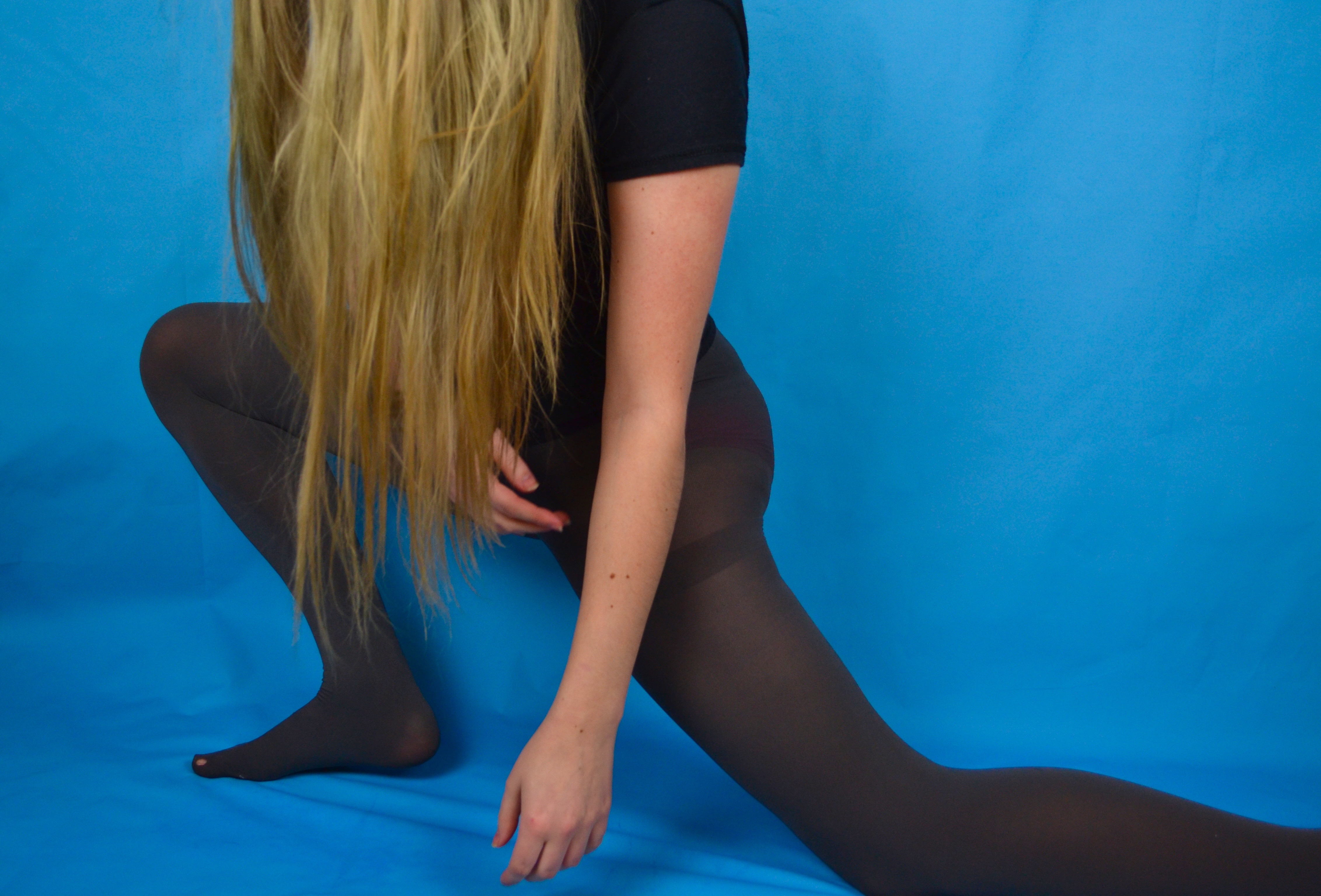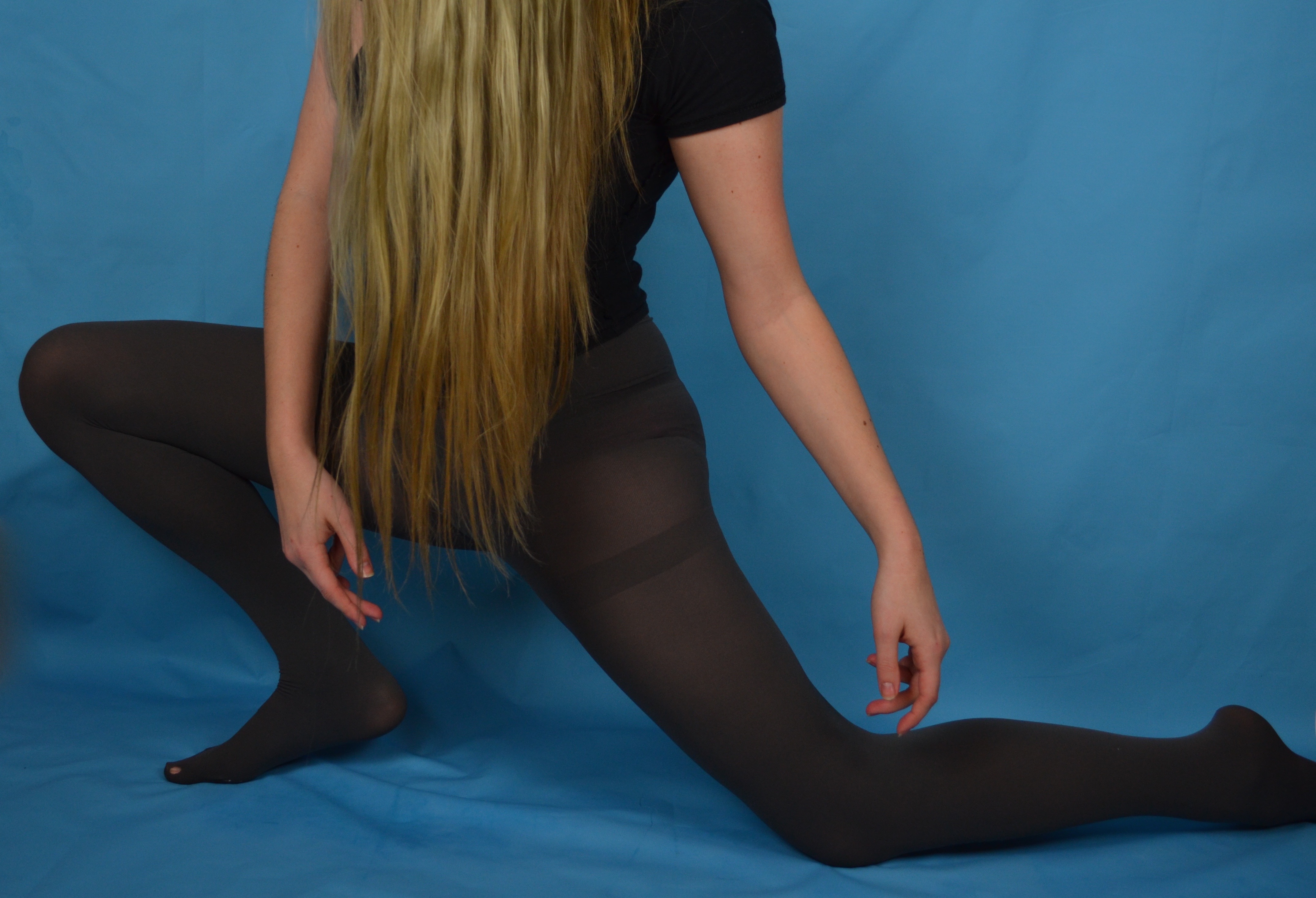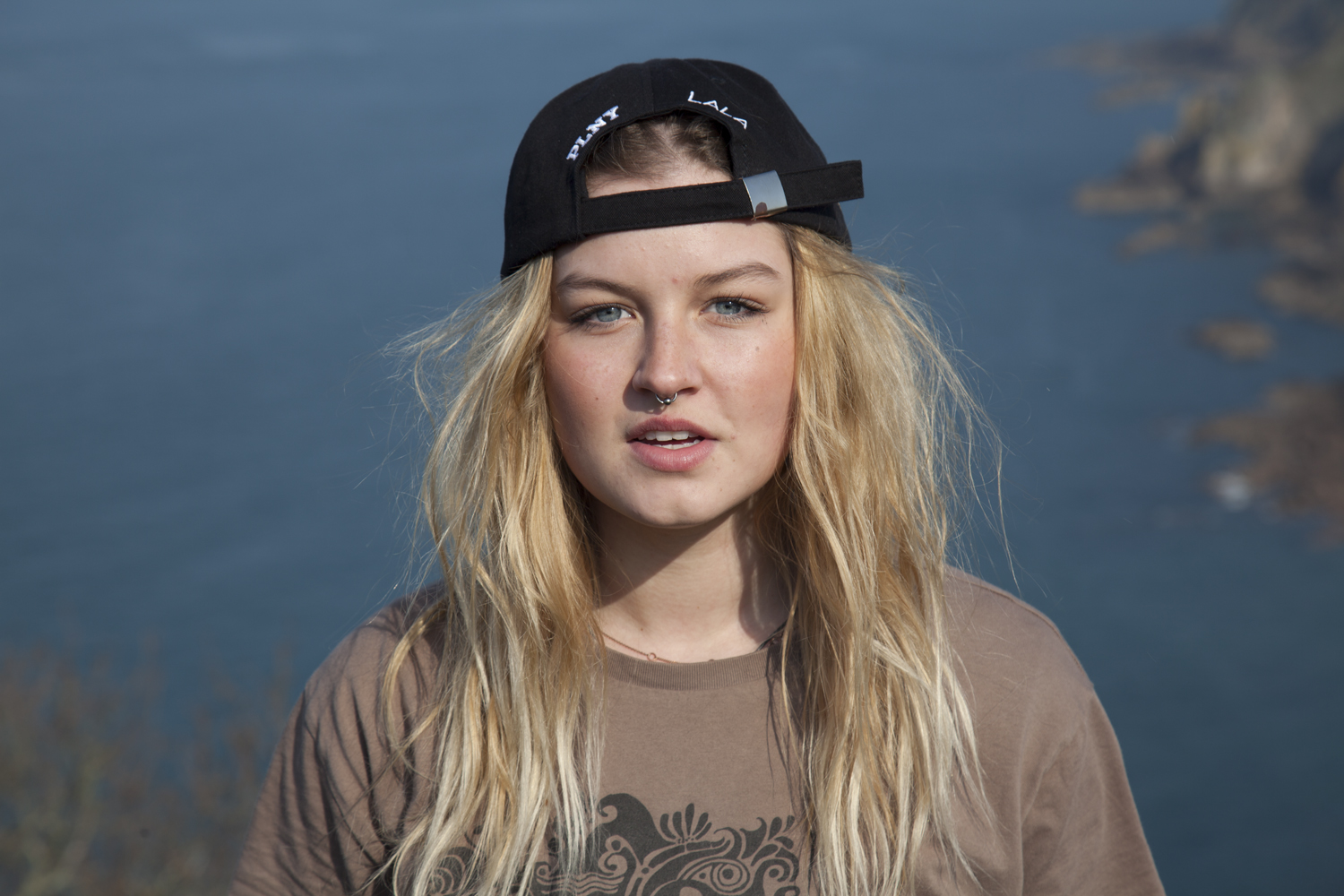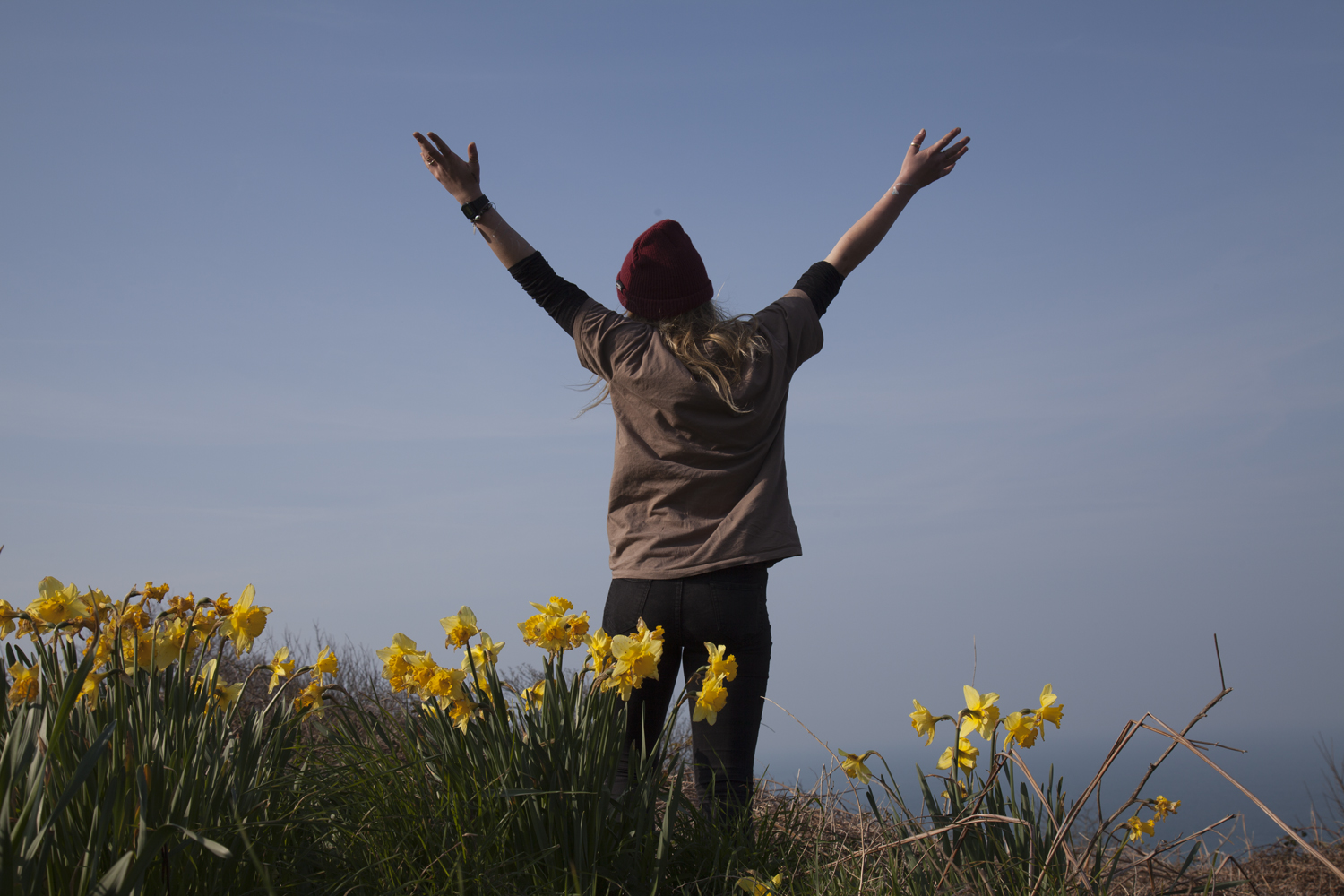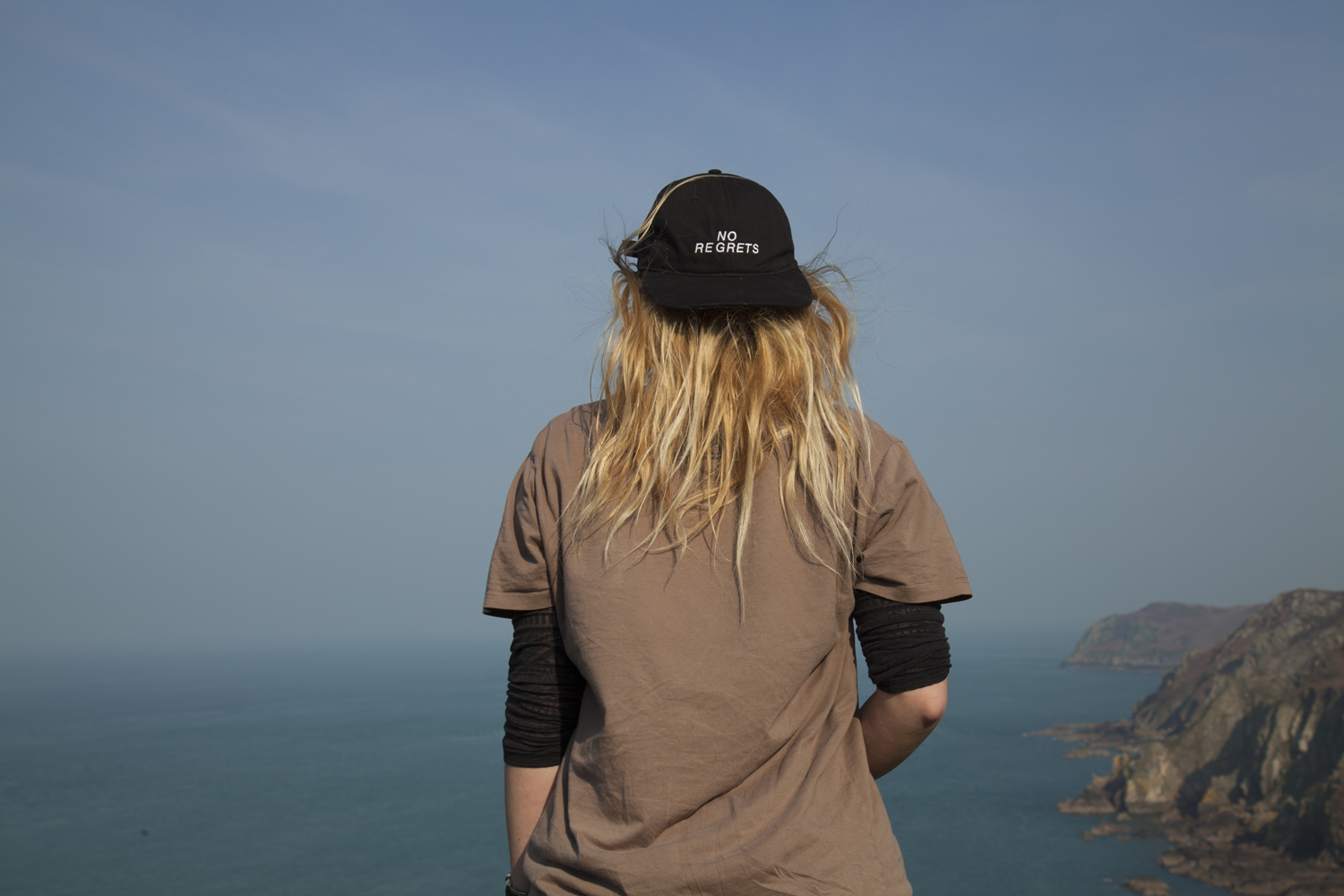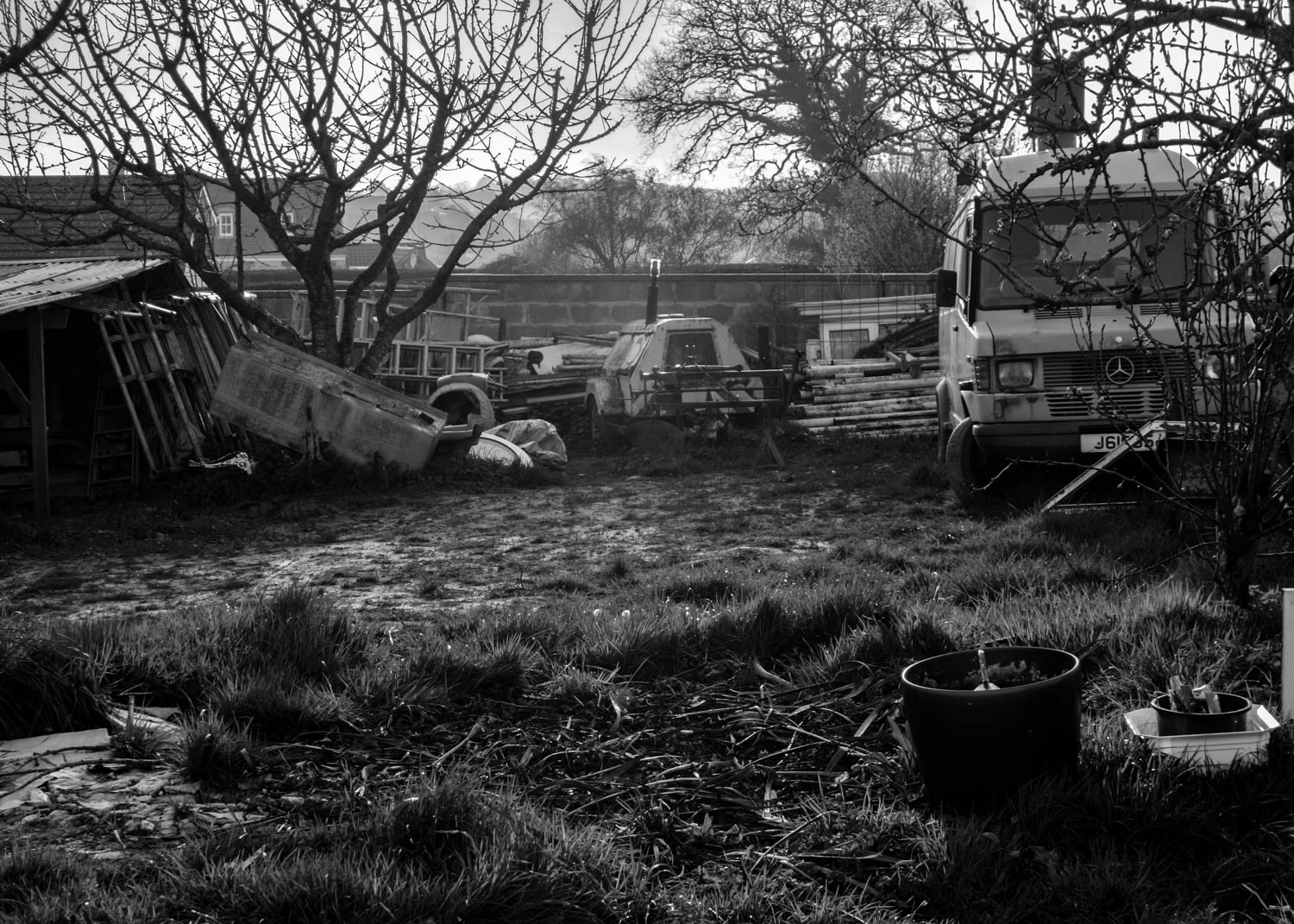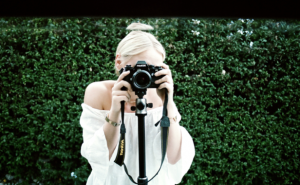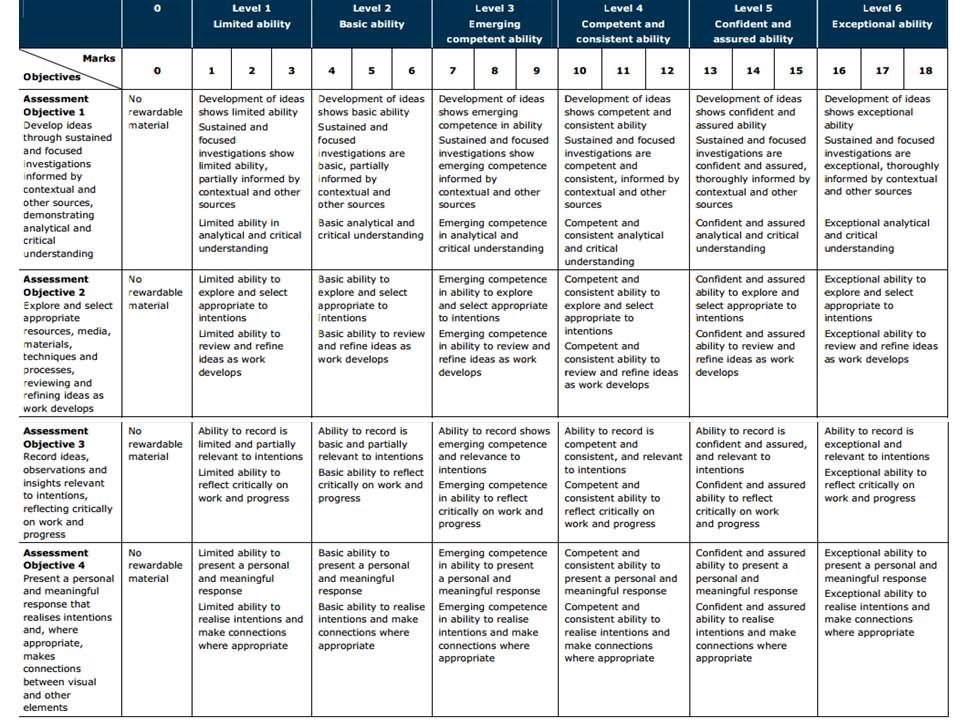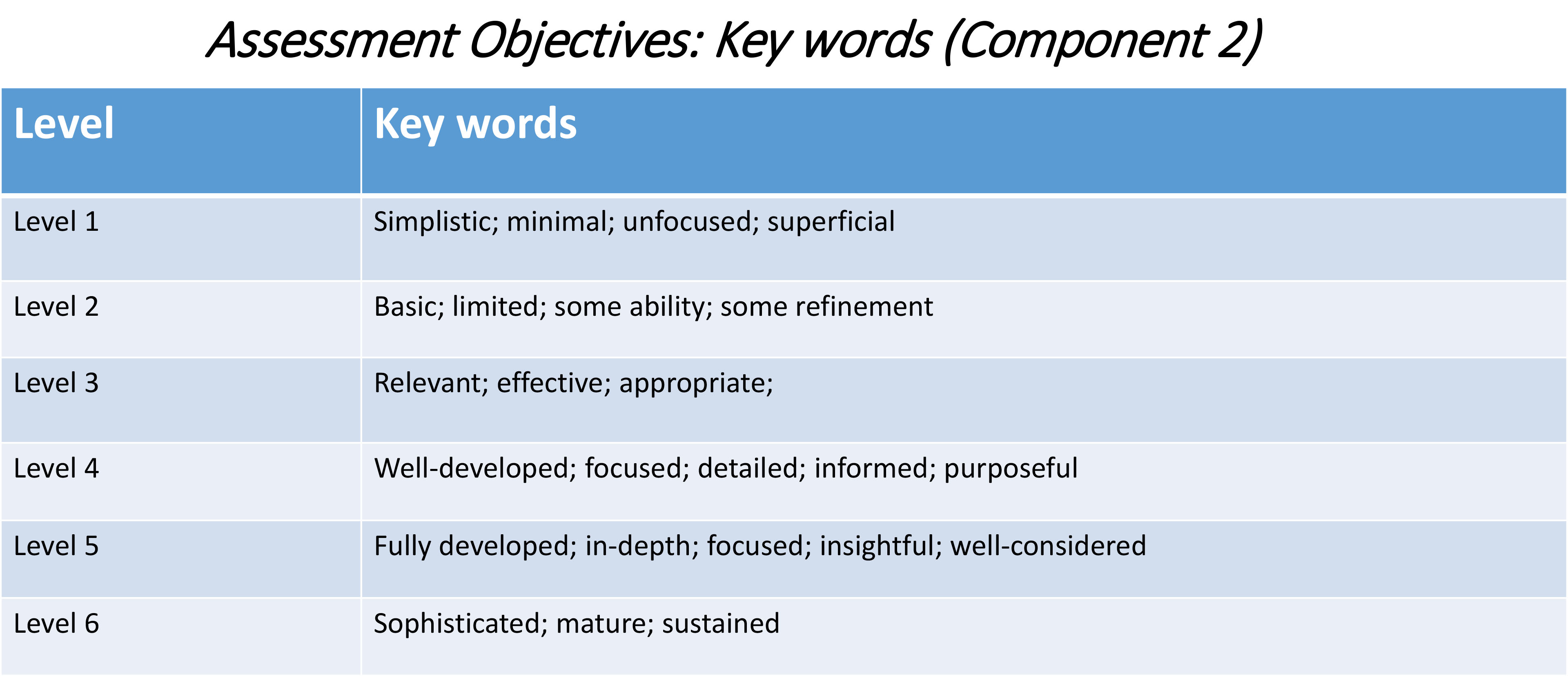// M A Y A //
The first person being photographed in this project is Maya, a friend from school and resident of curiosity coffee shop. Maya moved out from her mum’s house a few months ago and has had a mixture of homes since then. Last month Maya moved into a house share in Havre De Pas where she has a single room and bathroom. Visiting this space for the first time, It was hard not to notice how cold it was. Speaking to Maya about her new house, it doesn’t seem like this is home for her. The people are not kind there and she mentioned how when she stays there it feels isolated and lonely. Visitors are allowed 9am – 9pm but i’m told that if you can sneak in before 8 or so, no one will notice if friends stay the night.
The natural light comes from the window on the right hand side of the room and there is a central light hanging above on the right which adds a yellow-toned luminance to the room. I was keen to mirror a soft kind of aesthetic similar to Sian Davey’s images from her ‘first love’ series for this project. Working both digitally and on 35mm film, I started in the house by setting up the initial image. This first photo is a front facing portrait with the model sat facing forwards towards the camera. On my Canon 5D, I used a relatively high shutter speed to capture a crisp and clean image with the ISO set accordingly. My instructions to the model were to face me and remain as neutral as possible. The point of these first home images are to stay as blank and neutral as each character can. The external environmental shoots will be the characterised ones with light and life in them reflecting the energy of each area.
Rather than add an entire contact sheet below, I have chosen five photos which ultimately came up as the strongest images in terms of both colour, lighting and composition. Because I typically shoot in RAW on my Canon, the level of post-shoot editing I can do is much greater than if I was working with a standard JPEG image. I have not however edited the images below yet so these are the originals. The front facing portrait was the image I set out to shoot but it would have been crazy not to take advantage of the room and shoot some of the other details. I watched Maya paint her shoes earlier that morning in art and it felt natural to photograph them as well as the slight rebellion – and arguably destructive nature of her actions – matches her character very well.

This image is one of the strongest photos in terms of composition and link to my specification. The model is facing me on her bed as I instructed. Although she is not allowed to smoke within this house, the window is opened for her to blow out of. editing this image, I increased the brightness slightly and adjusted the colour contrast. The light coming through came up much colder than it felt this day and I edited the image to reflect the brighter warmth that we felt.
The final image I select from this shoot will depend more so on the second set of images for this character. I don’t want to decide on a photo now that may not work with its sister image.
The second shoot with Maya was the external environment which was selected by the model. The point of this was to show each figure in a place of significance to them personal, an environment with a personal attachment.
The images from the first location are shot up high in St Johns. Maya was part of a house share up here called Northwood which is where a lot of our friends ether currently live or have stayed in the past. She tells me how she used to go swimming and surfing at the beaches near there and how she felt happy living there. These images have not yet been edited.
 This image is more or less exactly what I was looking for on this shoot. Maya is facing away from me and looking out at the landscape she chose (looking out at the sea in St Johns parish). The colours are bright and the light is warm. I lightened some of the shadows on her shirt and upped the contrast and clarity slightly but the image is relatively natural.
This image is more or less exactly what I was looking for on this shoot. Maya is facing away from me and looking out at the landscape she chose (looking out at the sea in St Johns parish). The colours are bright and the light is warm. I lightened some of the shadows on her shirt and upped the contrast and clarity slightly but the image is relatively natural.
We also went adventuring to St Ouens because the sun was out and we like exploring. I need to make a note that adventures with Maya often involve climbing and cameras are somewhat hazardous when scaling four floors of scaffolding. These images have been adjusted in Camera Raw.

M A Y A
The two images I have ultimately selected for this project share a continued line of similarity across their compositions and photographic structure. The first from the home shoot is exactly what I was looking for. A blank expression that shows the figure in their home environment around the things they have grown up with. Maya’s room is temporary but she has filled it with the things important for her. There is something surreal about the contrast between the figure and the backdrop. It is more than typical to surround yourself – and in particular your room – with things that mean the most to you. In a way these portraits are reflective not only in the character shown but also in their room which is ultimately a self portrait of their attitude and emotions.
Driving around with Maya to each location, I asked about her home life and her relationship with Jersey. After moving here from Poland only two years ago, school is somewhat optional in her mind. Maya tells me she used to be good at school and always do the work but at some point that changed and she adopted her current care-free attitude which allows her to do as she wants. Her characteristic longboard is easily recognised and represents a large part of her being.
These images have been adjusted in Camera RAW


